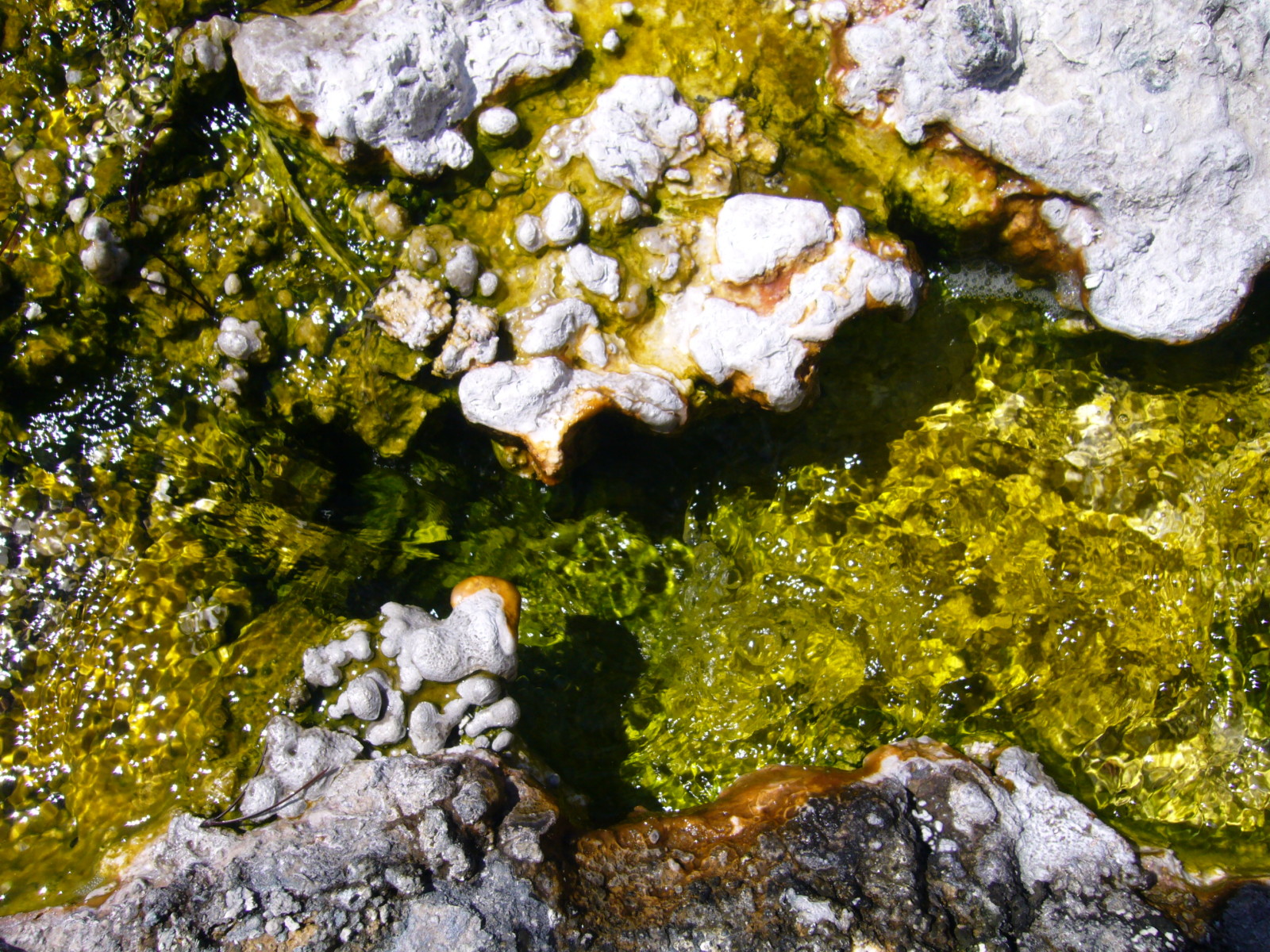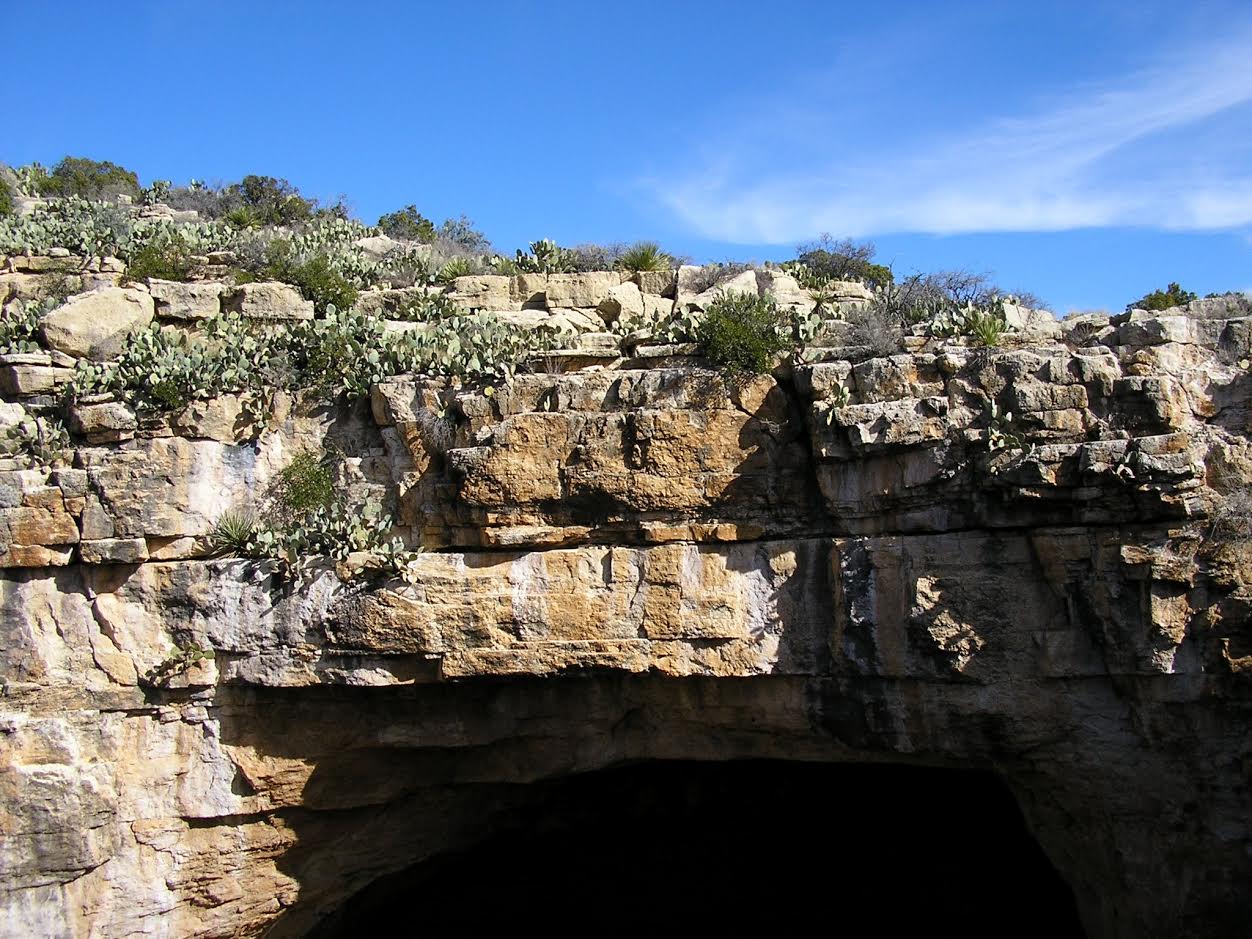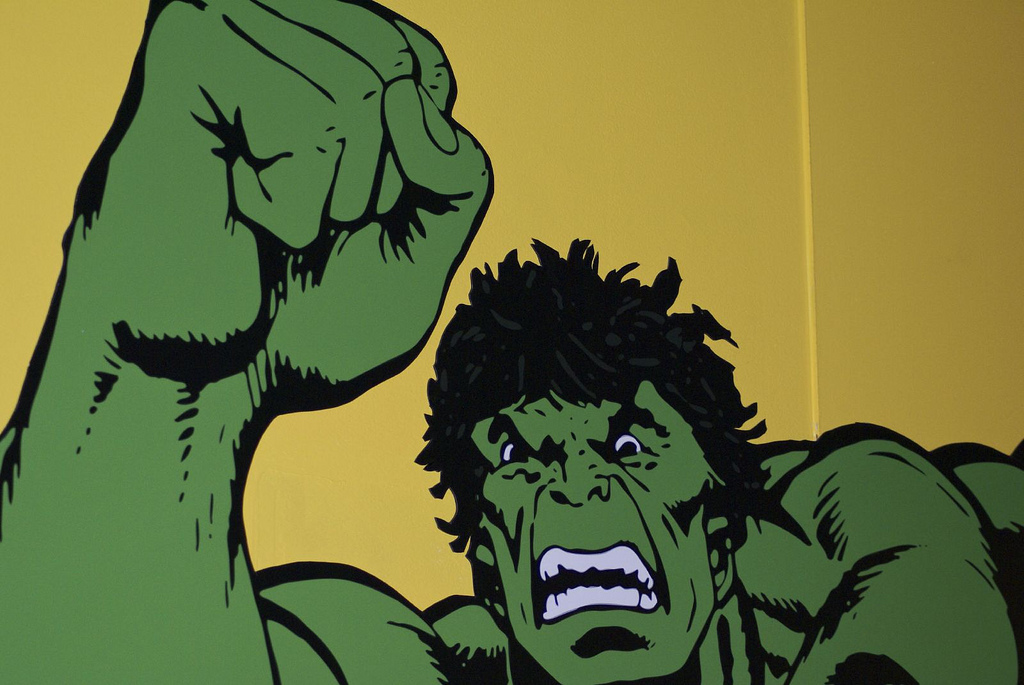 |
|---|
As humans, we are very picky about our living conditions. We can't be too hot or too cold. We need air, food and water. We can only survive in a narrow range of pressures, salinities, and acidities. Everything has to be "just right".
However, there are actually creatures, known as extremophiles, which can survive in environments we would consider deadly. The literal translation of "extremophile" is "lover of extremes". These organisms can live and thrive in places and conditions we never thought life could exist. One such superpowered organism is the rotifer, a microscopic Wonder Woman that wiggles around in wet environments. When there is no rain, she goes into a state of suspended animation where her metabolic processes are minimised until water is available again. While in this sleep state she is almost invulnerable. Evil forces can try plunging her into liquid nitrogen at -196 °C, then boiling her up at 100 °C, and then even irradiating her. With a kiss of water, the rotifer will wake up without having sustained any damage.
 |  |
|---|
The discovery of extremophiles changed our understanding of what we believed to be impossible, and has inspired scientists and engineers to harness their superpowers for good in order to develop groundbreaking technologies that can dramatically improve our lives and perhaps even save the world.
Medicinal marvels
Meet our real life Hellboy, Thermus aquaticus. He is a thermophile (lover of high temperatures) that lives in the hot geysers of Yellowstone National Park. By capturing him and studying his abilities, scientists found that, unlike almost every other creature on earth, his enzymes, which are proteins needed for vital reactions, do not get destroyed at high temperatures. From him, they were able to extract the thermostable Taq polymerase enzyme, which is the key to developing the something called PCR, or polymerase chain reaction, a high-temperature process used to quickly replicate a piece of DNA billions of times. This process has many applications, including testing DNA evidence from crime scenes, genetic screening from a mouth swab or medical diagnosis of viruses, like Zika, from a single drop of blood.
 |
|---|
On the other end of the temperature spectrum are psychrophiles (lover of low temperatures), and it's here we meet our first villain: Mr Freeze. Humans cannot survive being frozen, but psychrophiles living in arctic sea ice thrive in subzero temperatures. Hospitals are very interested in extending the useful life of human tissues, especially for organ transplantation. Unfortunately, simply freezing down tissues, organs, or biomaterials causes irreversible damage. Taking lessons learned from nature, companies are attempting to replicate natural strategies employed by extremophiles for tissue preservation. For example, scientists have used antifreeze proteins from these organisms to successfully store veins and arteries for days without significant deterioration. Using other extremophile techniques, researchers have also been able to preserve whole organs at temperatures below - 100°C. So it seems Mr Freeze isn't such a villain after all.
 |
|---|
Another interesting organism is the rock eating bacterium discovered deep in the Lechuguilla Cave in the Carlsbad Caverns National Park. Like Spiderman, this bacterium is skilled at sticking tightly to the cave rock, but will also kill any cells that touch him. Research shows that this bacterium can target breast cancer cells, stick to them, and producing toxic compounds to kill them, all the while leaving healthy breast cells alone.
 |
|---|
Some extremophiles have many superpowers. Deinococcus radiodurans is a polyextremophile (lover of many extremes), and the bacterium equivalent of Superman! According the Guinness Book of World Records, it is the world's toughest bacterium. Not only is it radiation-resistant, it can survive cold, dehydration, vacuum, and acidic environments. In addition, it emits infrared light! Scientists have isolated the infrared light producing gene and with a little engineering, cells can be lit up to provide us with Superman's X-ray vision-like abilities to see what is happening inside the cells without cutting them open.
Climate crusaders
Another superhero thermophile, Strain 121 has the incredible ability to thrive in 121 °C temperatures. Moreover, just like Marvel Comic's lightning God Thor, it seems to also have electricity generating superpowers. Inside an underwater vent from the Juan de Fuca Ridge, two miles beneath the ocean's surface, this microorganism digests its food by transferring electrons to external iron. This creates an electron flow out of the organism, essentially generating electricity from organic matter. Scientists hope that Strain 121 can help us produce renewable energy.
Chemicals in industrial wastewater are dangerous for the environment and scientists are struggling to find methods to break down chemicals into their safer components. While the Hulk might be too busy smashing tanks into pieces to help bash chemicals to bits, there is luckily Thermus Brockianus to the rescue! He is another extremophile from the hot springs of Yellowstone National Park and his abilities have been harnessed to break down hydrogen peroxide into benign oxygen and water, making the treatment of wastewater from paper bleaching safer and environmentally friendly.
 |
|---|
Captain Planet might have been able stop from the Doctor Blight ruining Hope Island with greenhouse gases, but greenhouse gasses like methane continue to be on the rise worldwide due to cattle rearing, landfills, power stations and rice production. Methanotrophs (methane eaters), found in New Zealand's Hell's Gate, consume methane as their sole energy source. These bacteria could potentially be used to clean up methane emissions from landfills and power stations.
 |
|---|
Of course, we would be remiss not to include our friend the D. radiodurans in the Clean-Up Team. Compared to humans, he can withstand 1000 times more radiation. Radiation shatters DNA into tiny little bits. However, D. radiodurans' super-healing strength allows it to quickly stitch the DNA fragments back together, making them radiation resistant. Therefore, the US Department of Energy has been studying the bacterium in the hope to use it to clean up solvents and heavy metals at radioactive waste sites. So far, scientists have engineered a strain of D. radiodurans to break down toluene and to detoxify mercury. Like Wolverine, D. radiodurans is likely to survive a nuclear apocalypse. Thinking ahead, some scientists have translated the song "It's a Small World" into the DNA of D. radiodurans in hope to store the song (and other useful information) for post-apocalyptic retrieval.
 |
|---|
Harnessing the superpowers of extremophiles does not just stop at medical and environmental applications. Every day we use technologies developed from studying extremophiles, from using their enzymes in our laundry detergent to adding their proteins to low fat ice cream. Even researchers at NASA are launching extremophiles into space to study adaptations needed for off-Earth survival. If Earth ends up like Superman's doomed planet: Krypton, we just might need to learn the hibernation techniques from rotifers to make us less vulnerable as we escape to another planet.
 |
|---|










Comments
Add a comment